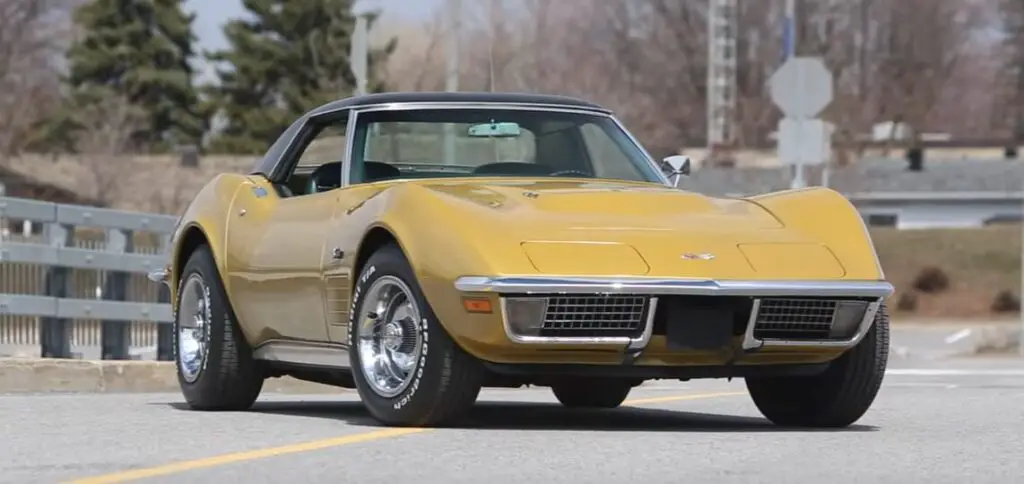When it comes to the iconic Corvette models, the C3 Corvette Stingray generation holds a special place in history. Developed in the midst of C2 production, the C3 Corvette saw a major shift in design philosophy. While Chevrolet’s engineering directors Frank Winchell, Duntov, and Mitchell originally aimed to produce a mid-engine sports car, this idea was ultimately abandoned due to budget constraints and a lack of compatible parts.
Instead, the C3 Corvette was built on the front-engine design, chassis, and independent rear suspension of its predecessor. With the help of new designer Larry Shinoda, the Mako Shark II concept came to life, and the C3 Corvette was born. Spanning a remarkable 15-year production run from 1968 to 1982, the C3 saw significant evolution throughout its life. Economic and political climates played a significant role in shaping the car, particularly in the transition from big engine models before 1972 to the catalytic converter-era models that followed.
Questions to Think About Before Buying a C3 Corvette Stingray
As previously mentioned, the C3 Corvette Stingray boasts a rich production history with various model variants manufactured over the years. To ensure a successful purchase, it’s crucial to determine the specific Chevy Corvette model and year that best fits your preferences. While some Corvette enthusiasts gravitate towards rare models such as the L88 (which had only 216 units produced) and ZL1 Corvette, others may prioritize owning a daily driver.
Regardless of your preferences, there are several factors to consider before making a purchase. These include the following:
- Do you prefer rubber bumpers or chrome bumpers?
- Are you looking for a coupe or convertible model?
- Do you prefer manual or automatic transmission?
- Do you want a flat rear window glass or bubble rear window glass?
- How much horsepower are you looking for? Do you prefer a big block engine or a small block engine?
Once you have a clear idea of the type of C3 Corvette that you want, it’s essential to consider the level of restoration that you’re comfortable with. Do you want a daily driver, a project car, or a Concours vehicle? Ensure that you’re aware of what you’re purchasing and that you possess the mechanical skills necessary to restore it to your desired state.
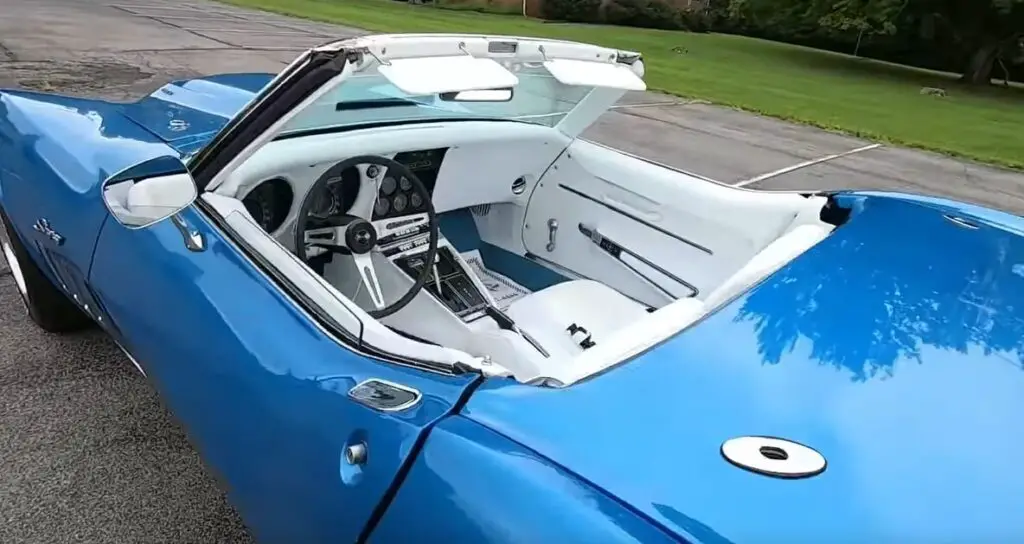
Once you have a clear idea of the type of C3 Corvette Stingray that you want, it’s essential to consider the level of restoration that you’re comfortable with. Do you want a daily driver, a project car, or a Concours vehicle? Ensure that you’re aware of what you’re purchasing and that you possess the mechanical skills necessary to restore it to your desired state.
What to Look for When Inspecting a C3 Corvette Stingray
Over the years, the Corvette C3 has become a classic car, but with age comes wear and tear. Some may appear to be in great condition but could be hiding serious problems that could result in significant expenses. These issues may not be immediately apparent upon a cursory inspection of the exterior, which is why we advise potential buyers to thoroughly inspect the vehicle before making a purchase.
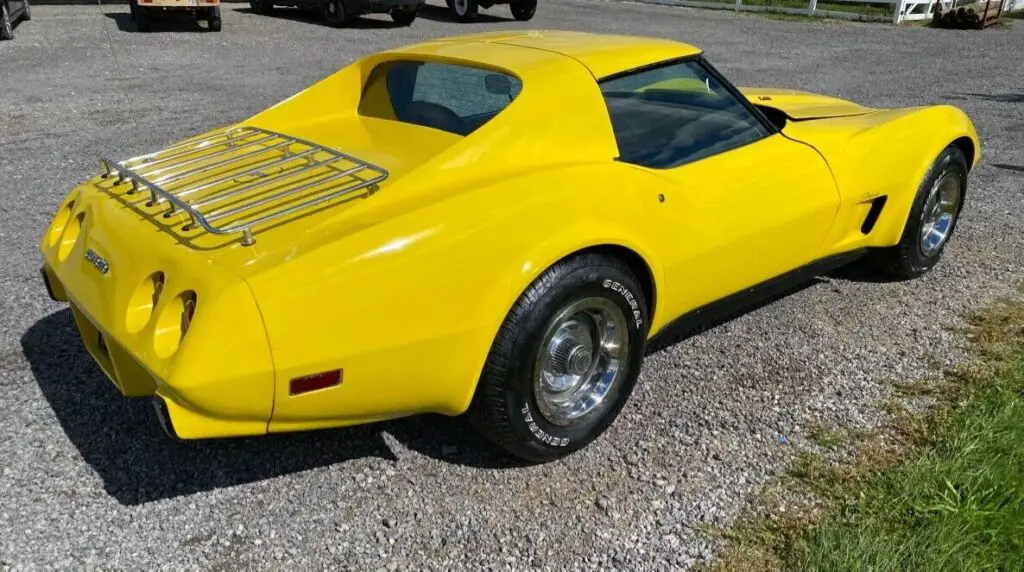
1. Exterior of the C3 Corvette Stingray
Take the time to have a really close look around the bodywork of the car for previous damage to the vehicle. Clues to look for are uneven gaps in the body panels, mismatched paint, bumpers that are misaligned, and doors that are challenging to close. Examine for any cracks where the body mounts to the frame in the wheel wells.
Do the trim codes on the driver’s door post-match the paintwork?
Inspecting the Body panels that feature ripples, stars, crazing, and cracks can be very costly to repair.
If the car your inspecting has a T-Top, inspect the latches for correct operation and examine the weatherstripping.
2. C3 Corvette Stingray Frame or Birdcage Rust
A common misnomer is that the C3 Corvette consists of a fiberglass body that doesn’t rust. Yes, this may be true about the body, however, the C3 Stingray frame is prone to rust.
Corrosion in the chassis and birdcage (the entire metal frame that surrounds the passenger cabin) are labor-intensive to fix, with the entire car needing to be pulled apart in some instances to repair.
You can check the condition of the birdcage underneath the door sill plates and pull the windshield pillar trim off from the inside. Another spot that is vulnerable to rust is the ‘kickup’ area just forward of the rear wheels.
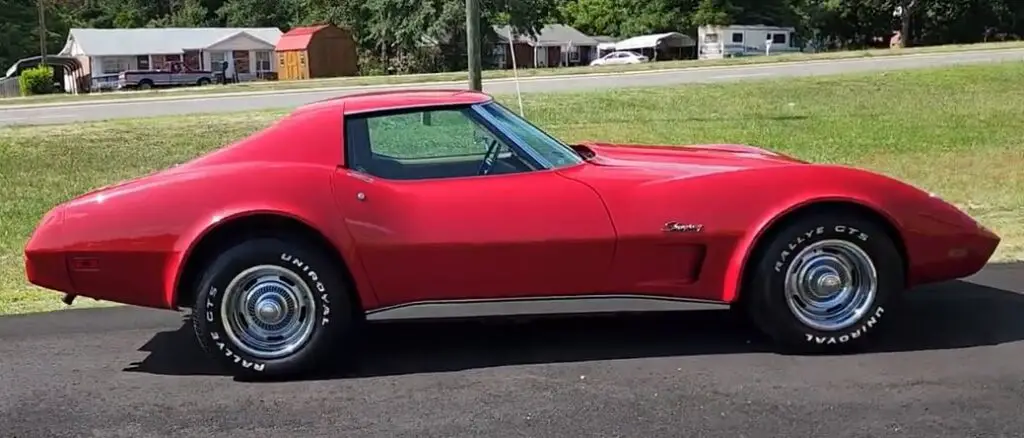
3. The Headlights of the C3 Corvette Stingray
The concealed headlights of the C3 Corvette are vacuum operated and can be prone to issues. Make sure you test them out to insure they flip open and close properly.
4. The C3 Corvette Stingray V8 Engine
You might think you know what you’re getting, but in its 15-year production history, the Chevrolet Corvette C3 had many different engine options. All of them were V8 engines, starting with a 305 cu in (5.0 L) producing 180 horsepower all the way up to a 454 cu in (7.4 L) LS6. Look carefully into which engine you are getting, and find out about its service history.
Does the car have an original engine block and transmission? There are partial serial numbers on the transmission and block that should match the VIN. Having matching numbers is not necessary if you aren’t interested in a show car, it is just a good idea to check as matching numbers command a higher price.
5. C3 Corvette Bumpers
Early C3 (1968-1972) had a chrome bumper both at the front and rear. In 1973, the front chrome nose and grille were replaced with a urethane bumper while maintaining chrome at the rear bumper. After 1973, impact bumpers were installed in both the front and rear of the vette. The material used on the rubber bumpers is prone to becoming brittle and cracking over time, a labor-intensive job to replace and color-match will be required.
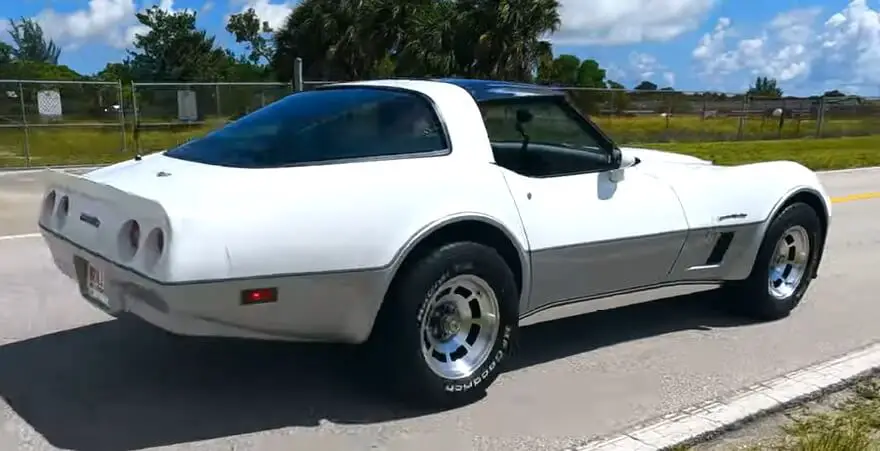
6. Interior of a C3 Corvette Stingray
The car’s interior can give you many clues regarding the attention to detail the previous Corvette owner provided your future car.
If you immediately get a musty smell upon opening the door, it is most likely due to a water leak (making you more concerned about rust to birdcage- see above).
Inspect the interior trim and confirm the trim codes on the driver’s door post-match the interior trim. Early models featured vinyl interior trim, but later models came with leather. The interior features were famously durable however areas prone to wear include the drivers and passenger seats, cracking in the center stack, and dashboard (due to prolonged sunlight exposure or significant changes in temperature). Check the carpets are dry. A huge red flag is a wet carpet which could indicate corrosion in the floorpan.
While inside the vehicle check electricals are working, including air conditioning, AM/FM radio, windshield
7. Cooling System and Heater
The cooling system in the C3 Corvette Stingray is another area that requires attention. The radiator, water pump, and hoses should all be in good condition, as overheating can cause serious engine damage.
Inspect the condition of the radiator and check for any leaks or damage. The water pump should be checked for any signs of wear or damage, and the hoses should be inspected for any signs of cracking or brittleness.
Also, make sure that the cooling fan is working correctly and that there is no excessive noise coming from it.
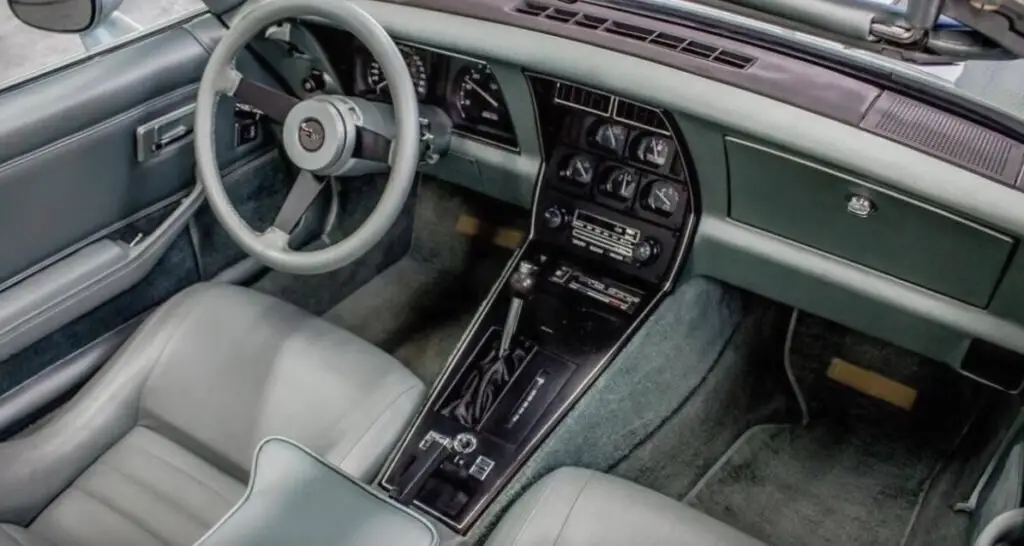
8. C3 Corvette Stingray Exhaust System
The exhaust system of the C3 Corvette is another area that can require attention. Rust can cause holes and leaks, which can lead to excessive noise and poor performance.
Check for any signs of rust or damage, particularly at the joints and connections, and make sure that the exhaust system is properly secured.
Upgrading to a high-performance exhaust system can improve performance and give your Corvette a unique sound, but make sure to check your local emissions regulations before making any modifications.
9. Wheels, Tires, and Brakes
The wheels and tires of the C3 Corvette can also require attention. Check the condition of the wheels for any signs of damage or corrosion, and make sure that they are properly aligned.
Inspect the tires for any signs of cracking or uneven wear, and make sure that they are the correct size for the vehicle.
Upgrading to a set of performance tires can improve handling and traction, but make sure to select tires that are appropriate for your driving style and local weather conditions.
10. Most Importantly the C3 Corvette Paperwork and Title
Before purchasing a C3 Corvette, make sure to review all of the necessary paperwork. This includes the title, registration, and any service or maintenance records.
Make sure that the VIN on the car matches the VIN on the title, and that there are no liens or other issues with the ownership of the vehicle.
Review any service or maintenance records to get an idea of the history of the car and to identify any potential issues that may need to be addressed.

